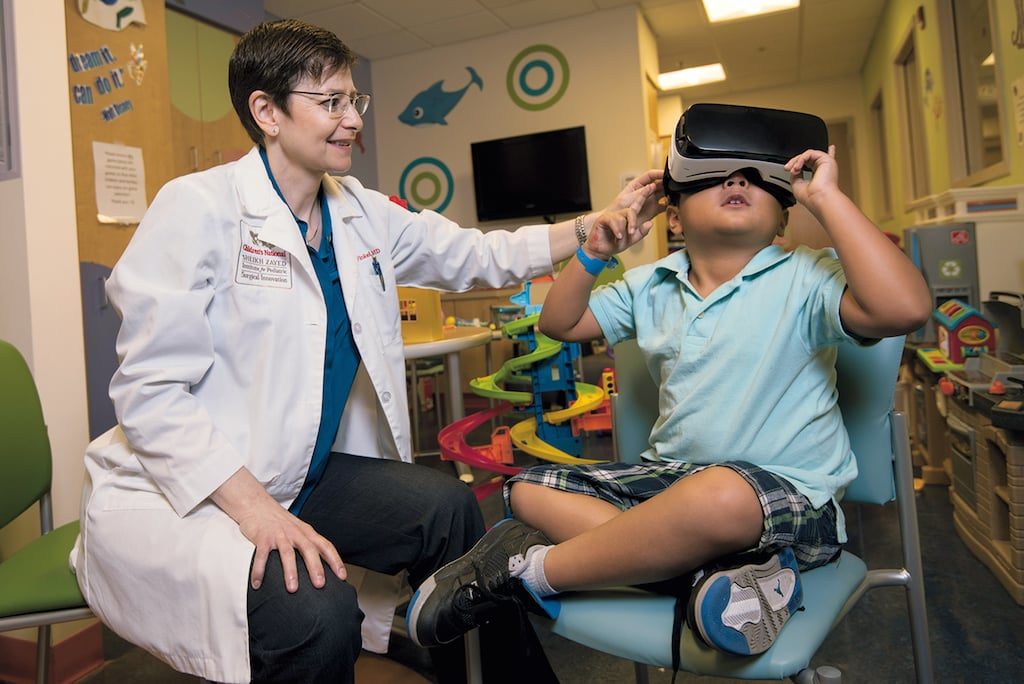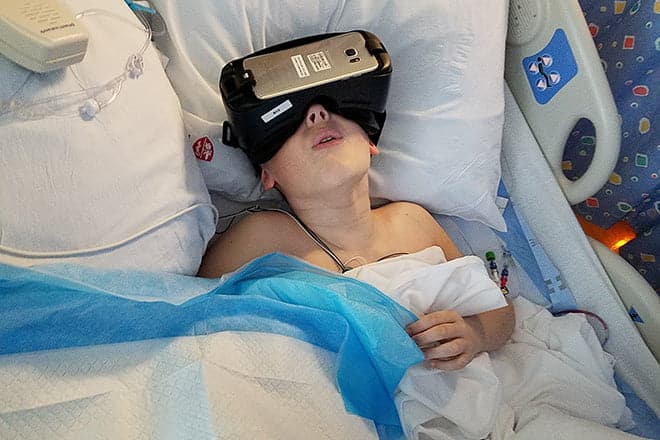Whether you are an adult or a child, medical procedures can be painful or stressful enough to cause repulsion, or even panic.
It is one of the reasons why anesthesia is increasingly preferred: it keeps patients away from those small painful stresses that would cause a fearful and "uncooperative" escalation.
However, anesthesia is still a use of substances that are not without some risk and toxicity, and especially for children they should not be abused.
Lenovo and the Starlight Children's Foundation tested sets of virtual reality as an alternative to general anesthetics for children, relieving panic and pain and distracting pediatric patients from what is really going on around them.
The pilot project of Starlight it started in hospitals starting last January. Doctors, who had already found VR very useful in medical training, understood that “distractive” anesthesia based on virtual reality also has a lot of clinical potential.
In the short film recently presented by Lenovo, “New Realities”, doctors successfully performed even invasive procedures such as endoscopy with only local anesthetic with VR, while other procedures do not require any anesthesia when combined with VR.
“The human brain has limited bandwidth for what it can pay attention to”, explains Joe Albeitz, one of the pediatricians participating in the Starlight program. “The more involved you are in the virtual experience, the less your brain is able to perceive incoming pain signals. And if you don't pay attention to them, you basically don't notice them."
We are already there
At present, the technology is practically ready for use: Lenovo's Mirage Solo VR headsets with common games and apps, all curated by Starlight (rather than Google) for age-appropriate content. The children wore the immersion equipment during lumbar punctures for spinal fluid, dressing of damaged limbs and other procedures. And they actually enjoyed the entertainment without focusing on painful things.

“It has a profound impact on the quality of life of our hospitalized children”, he claims Albeitz, noting that children often need anesthesia for otherwise distressing procedures. “We are seeing children who needed general anesthesia. I am now able to be fully awake with minimal medication.”
In the future, Albeitz expects VR to be used to virtually bring sick children from their hospital beds to normal life. “We may be able to bring the technology to the point where we can put them in their classroom, in real time. Follow the lesson with their teachers and their classmates, even while they are still in bed”, suggest.


